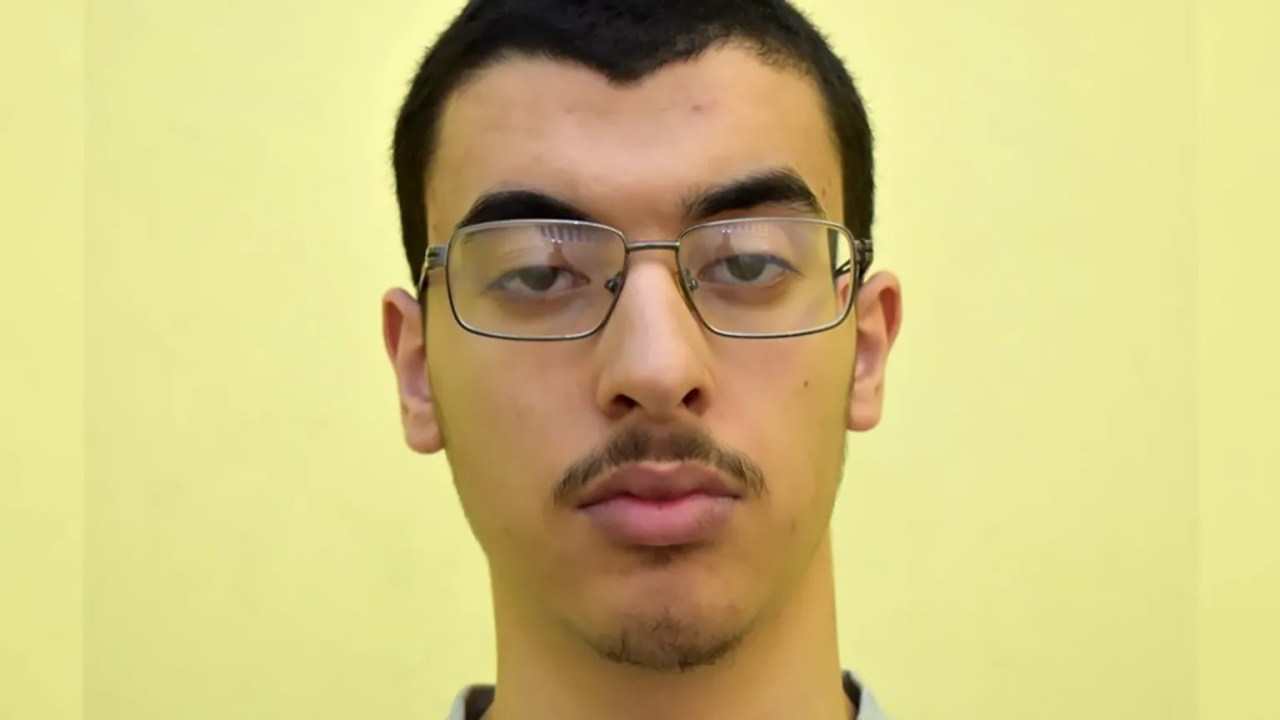How do you break the rule of law inside our jails? You could do worse than try to murder a prison officer on duty, which by all accounts nearly came to pass yesterday. The terrorist Hashem Abedi, the brother of the Manchester Arena bomber, reportedly came within seconds of doing so in a frenzied attack on prison officers in the separation unit of HMP Frankland. Three were sent to hospital, seriously injured by a combination of stab wounds and burns from hot oil.
I know a thing or two about separation units. I called for their creation when I did an independent review of Islamist extremism in our prisons, as ordered by the editor of this magazine, who was then Justice Secretary. I made almost 70 recommendations to fix serious and systemic failings in the prison service when it came to dealing with the cancer of violent extremism.
This extremism was especially evident in our high-security prisons. In these places, hate preachers serve long sentences alongside violent, credulous young men searching for power and meaning. This was an explosive combination that had to be dealt with.
Separation centres were an attempt to use intelligence to identify the most subversive and unrepentant proselytisers and to prevent them from radicalising others. Whether or not those offenders chose to change their warped world view while separated was a moot point. The key was that they couldn’t indoctrinate fresh recruits.
While I emphasised that separation units should not be punitive and should give prisoners the chance to address their behaviour, I was clear that the primary function of such units was to protect national security. And this seems to have been completely lost in the intervening decade.
The prison service reportedly hated being told to create separation units and has worked ever since to make them unviable. Initially the bar for admission was set ludicrously high. It took a direct intervention by the then-Lord Chancellor, Dominic Raab, to force senior officials to accept more prisoners. My guess is that civil servants were determined to focus more on the human rights of these highly dangerous people than their risk of harm to others.
Prisoners in separation units are often the most dangerous predators in Britain. Many are hate-filled ideologues. Now that Jihad is impossible for them outside the prison walls, they have men and women in uniform as their targets, and plenty of time to perfect an attack. This was the case in 2020 when a prison officer came within seconds of being taken hostage and murdered by Islamists dressed in fake suicide belts at HMP Whitemoor. This should have been a wake-up call for authorities. But it is clear lessons have not been learned.
Officers at HMP Frankland had a very lucky escape on Saturday morning. The Justice Secretary Shabanna Mahmood must ensure that they are not scapegoated for this failure, instead of HQ bosses in charge of a disastrous policy of appeasement.
Far away from the blood-spattered tiles in HMP Frankland, serious questions must be asked. Why are so many of the jails holding our most dangerous prisoners failing? Two were identified recently for being wide open to drone deliveries. What if Abedi had been armed with a pistol rather than a crudely fashioned shiv as alleged?
Prison workers are this country’s most neglected law enforcement agency. They deserve to be led by people who can return prisons to being safe places where rehabilitation is a possibility not a fantasy. That needs decisive political action. If the state cannot protect front-line staff from being attacked inside prisons, we are in very serious trouble.









Comments